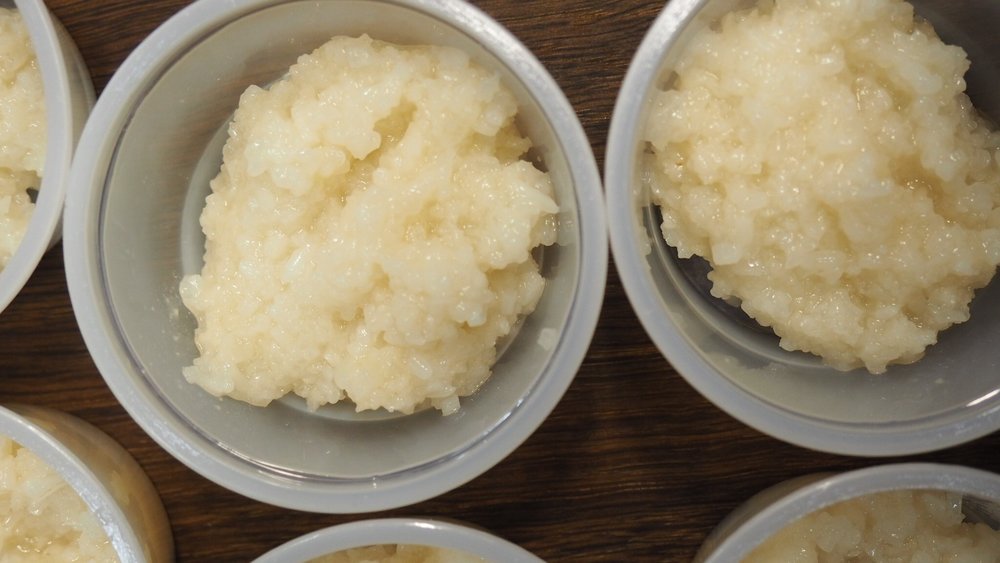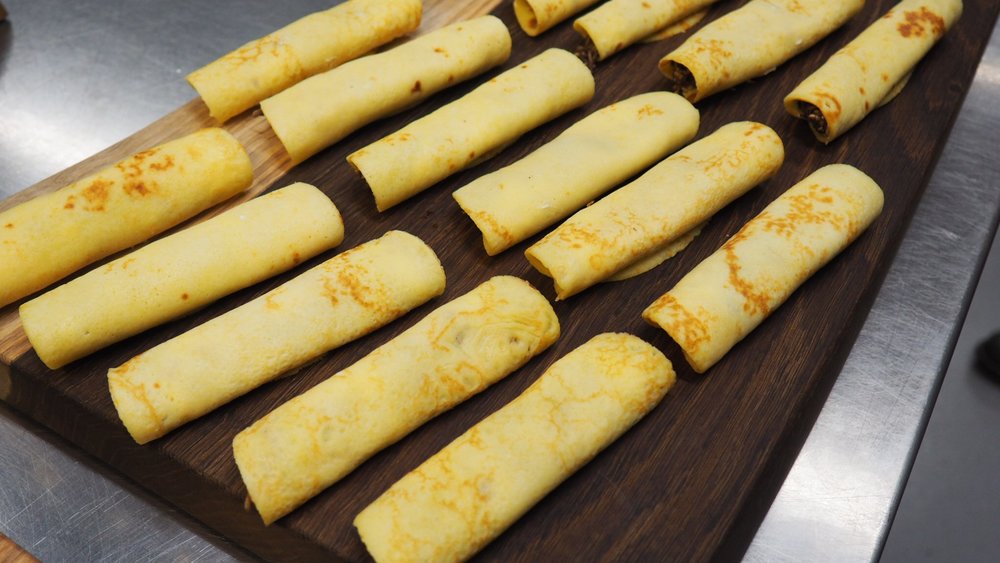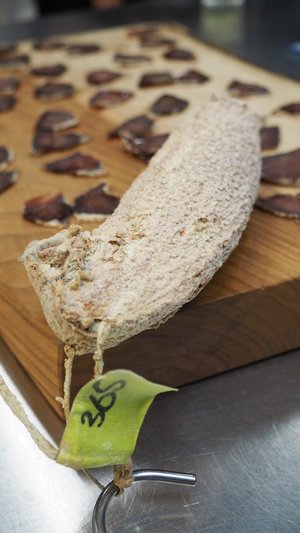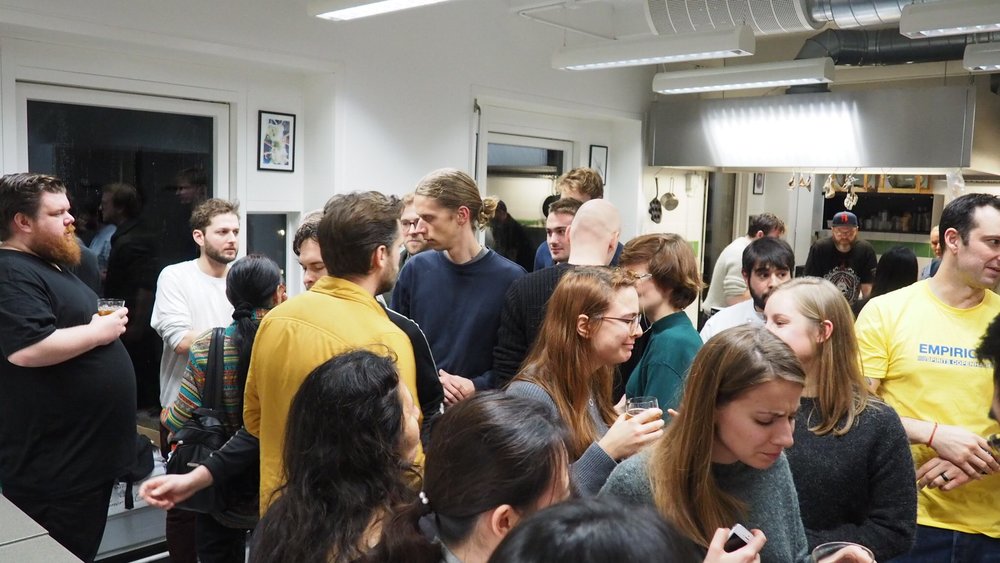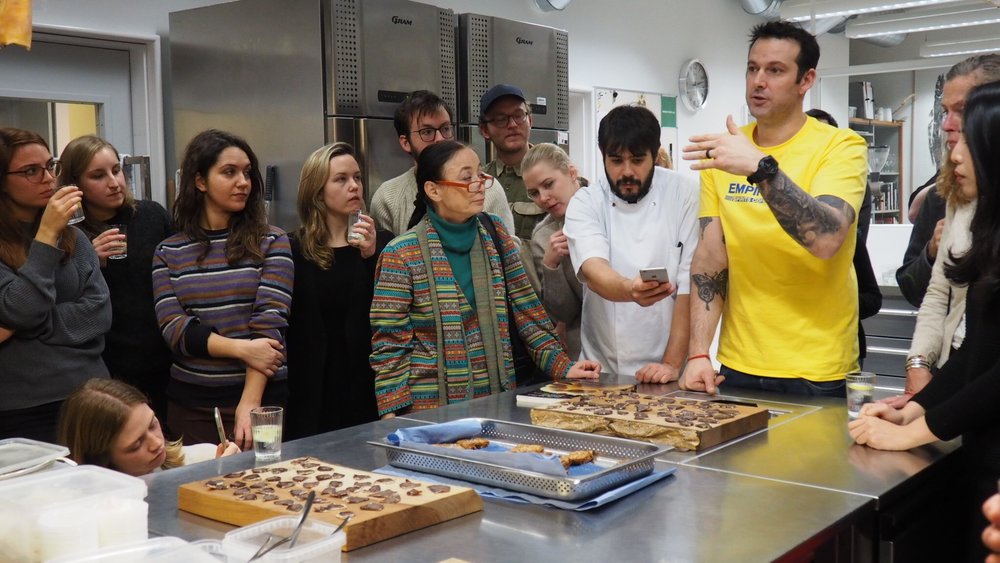Text: Mathias Skovmand-Larsen. Editors: Michael Bom Frøst & Louise Beck Brønnum. Photos Julia Sick.
November 27 2017, we held our second Monday Aperitivo. This time the theme was the kingdom of fungi, in a broad definition. The idea of this Monday Aperitivo was to discuss and engage in the diversity of fungi and their potential for creating deliciousness in foods.
In gastronomy, we often mostly consider fungi to be the edible mushrooms from the forest and farmed mushroom. But fungi are most importantly also used for food and beverages preparation and preservation. Methods creating the most unique and delicious flavours and textures. Often, we are not even aware of how many foods, which are made from the biosynthesis of fungi.
Take Saccharomyces cerevisiae, the yeast for making bread, beer and wine, Penicillium roqueforti, the mould for making blue cheese and the mould Rhizopus spp. for making tempe, a traditional food from Java in Indonesia. The list is long and fascinating. Even more fascinating is how we discovered, the transformation of one food ingredient into a whole new edible and delicious product. Taste, appetite and hunger must have been involved in the decisions to domesticate fungi.
Therefore, we wanted to understand how to domesticate fungi. To enlighten this specific topic, we had invited Professor Søren Rosendahl, working within ecology and evolution from Department of Biology at University of Copenhagen. As Søren explained, humans must have learned over time, from the appearance, smell and taste, which fungi were good for preservation of foodstuff, and by repulsive smells or acute negative effects on health, which were bad. From there, observing conditions around the fungi giving a successful product, made it possible to estimate how the “right” fungi probably would grow. Though fungi might look alike or have the same family name, there can be huge differences, and therefore neither smell nor appearance can always be enough to evaluate the outcome. As an example some strains of Aspergillus niger., which makes wonderful Pu-erh tea, but other strains may produce mycotoxins, that have long-term negative consequences on health.
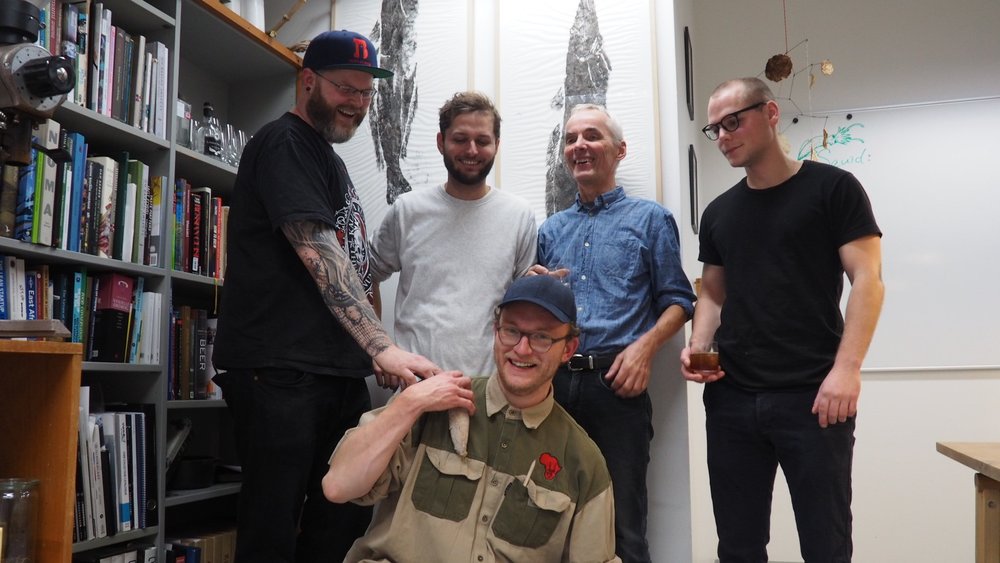
Tasters
However, not everyone finds the look of ’edible moulds’ appealing. They may even be disgusted by the appearance of a mould or an aroma creating by the fungi. This all depends on you as a person, your food habits and the culture you live in. Different cultures often have highly varied uses of fungi in food, and therefore none used to many of them. With an emerging globalisation influencing the pace of dissemination of new products and kitchen techniques, it made us reflect upon whether or not we can learn to like new fungi? The topic of the diversity of fungi and their potential to create delicious foods was the frame for discussion and reflection this Monday. Chef Kim Wejendorp, sous chef at restaurant Amass and soon to be responsible for their new biodiversity lab at Refshaleøen in Copenhagen, had kindly agreed to contribute within the topic of interest.
Bringing different tasters based on different moulds and kitchen methods from Asia, he showed and explained how new mould even can create recognisable flavours into new products. He also found the limitation for food innovation in cultures where fungi have been used in cooking for ages and thus were not to be changed or used with new ingredients. The fact that changing the substrate for a fermentation with fungi, also has the potential for the generation of mycotoxins. This should not be seen as a limitation, but an important consideration when working with fungi in the kitchen.
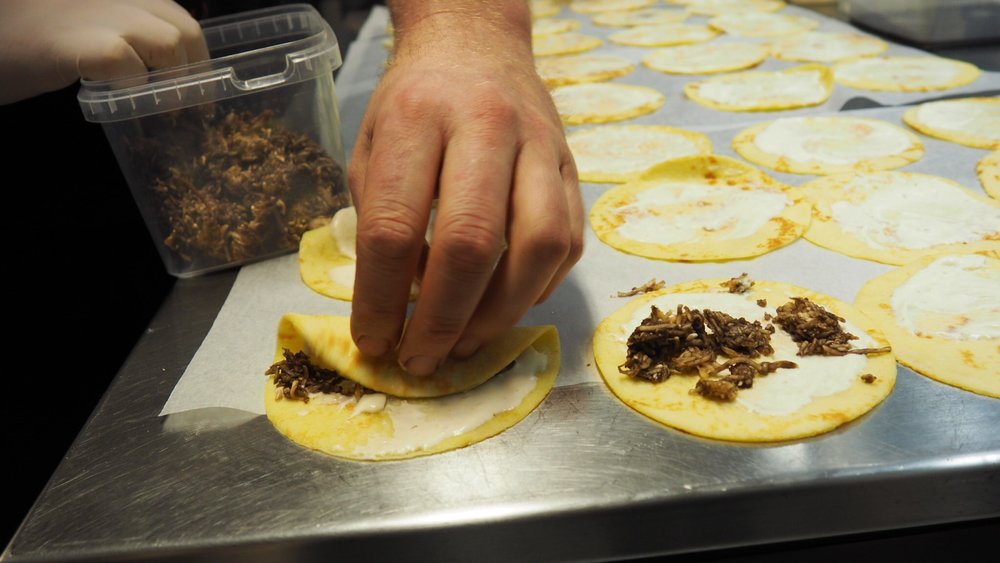
To facilitate the uptake of all the information and increase the learning outcome, our kind new next-door neighbour, bartender Terkel Kleist and his colleague Oliver Petri from Gensyn her at Frederiksberg, provided us with two delicious cocktails. First a gin and tonic. Here yellowfoot chanterelles were infused and distilled into the gin. The other cocktail was a complex and intense sherry drink, mixed with a recycled product from Amass refreshed with a splash of shio-koji from Nordic Food Lab’s stock. All giving the cocktails a fungi vibe.
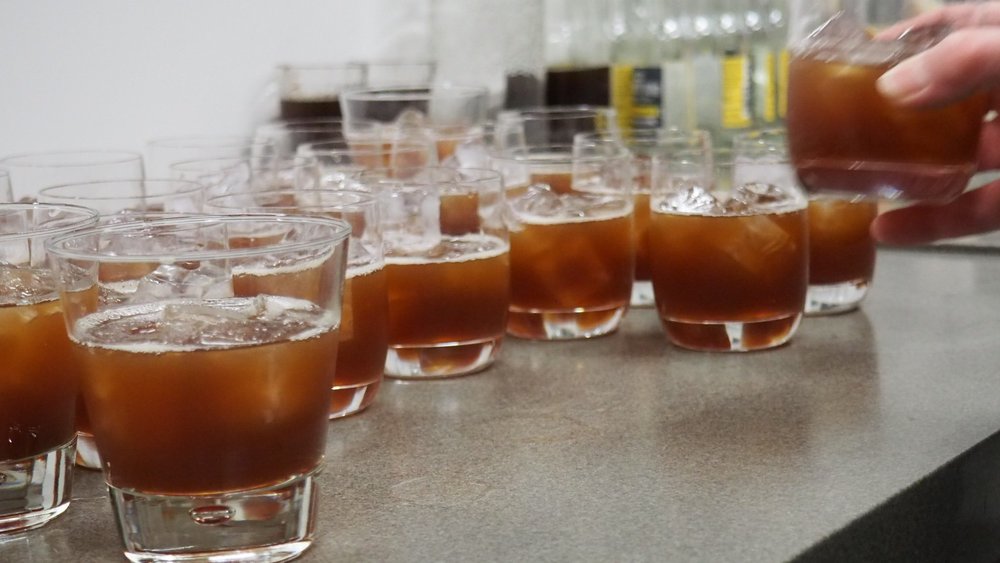
Fungi is a great kingdom not to be missed or messed with. It spread its hyphae from the lab and branches into the kitchens and bars. Whether you pick them yourself in the forest or inoculate them on ingredients in your kitchen, you have to be aware. With an open mind and a touch of neophilia enjoy the unique and delicious flavours the fungi can give to our food.
Again a great thanks to our guest speakers.
Long live the Fungi!
Visit:
Professor Søren Rosendahl’s profile
What was served:
Terkel Kleist:
– Yellowfoot chanterelles distill with tonic and angostura
– No waste Amass Drink with a splash of Shio-koji
Kim Wejendorp:
– Carrot juice inoculated with Brettanomyces,
– Kombucha inoculated with bee, sunflower and Kim himself grown on honey.
– Venison matured after inoculation of Aspergillus spp. for 7 days
– Yoghurt inoculated with Aspergillus spp. maturedfor half a year giving notes of blue cheese
– Rice inoculated with Aspergillus spp. Breaking down the starch and creating a sweet taste
– Tempe (Rhizopus oryzae) made from leftovers of Empirical Spirits’ koji production
